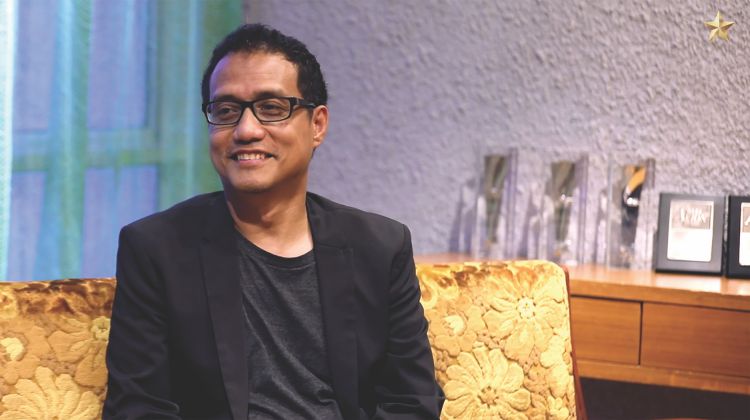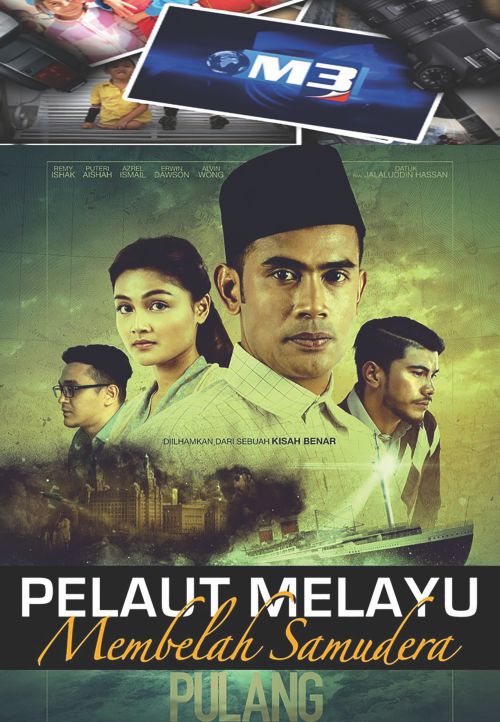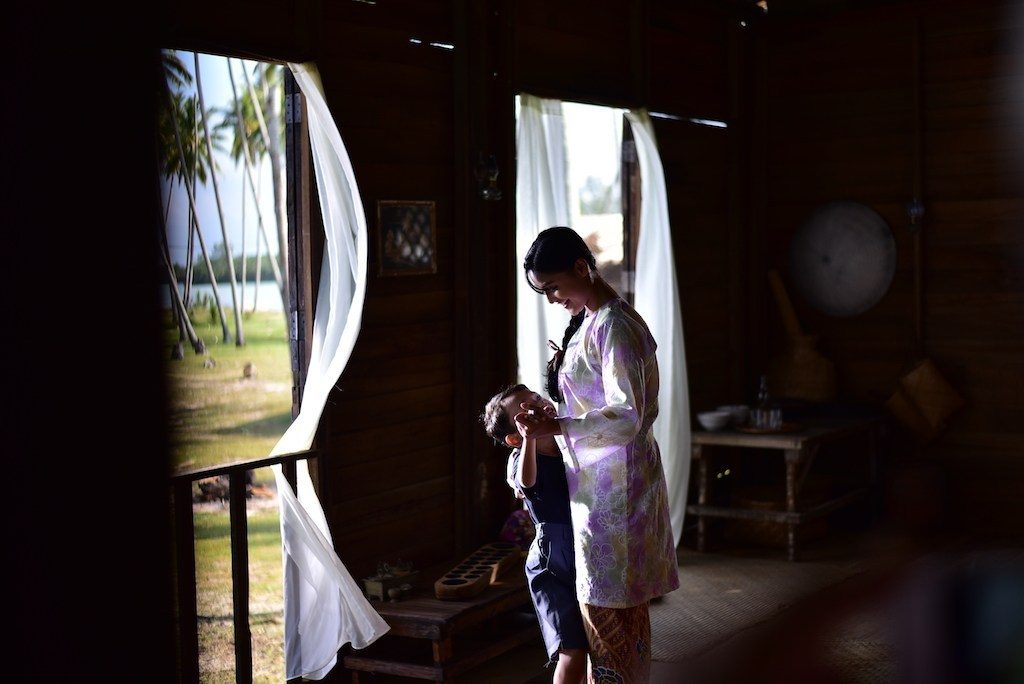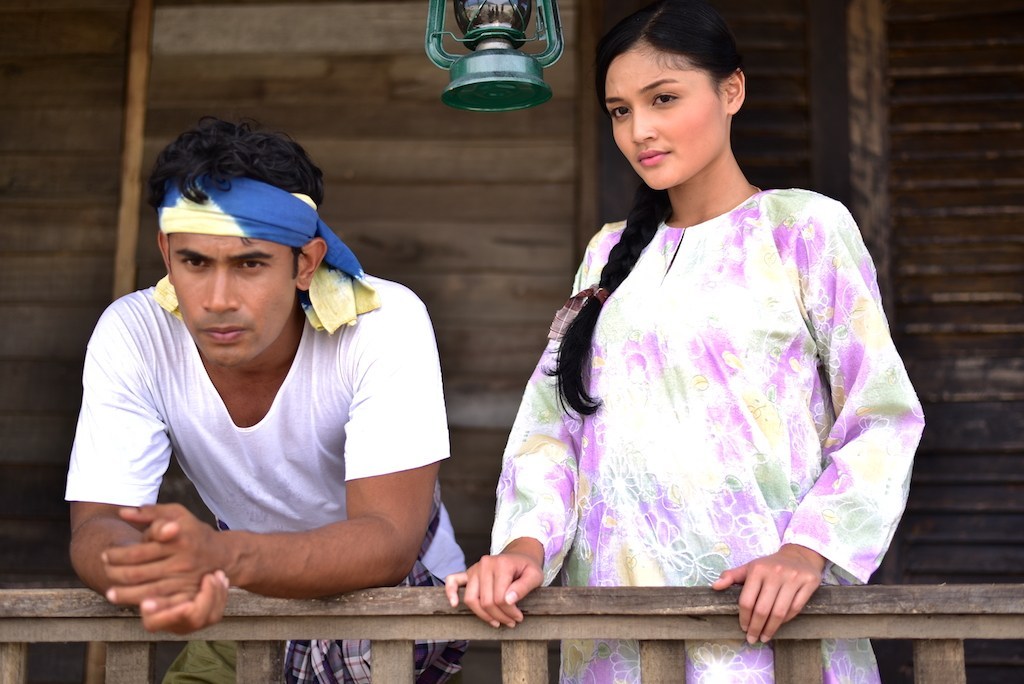Inspired by his grandfather’s search for a better life and the promise to his wife he failed to keep, Datuk Ahmad Izham Omar’s Pulang will tug at heartstrings. Here’s what he has to say about making the movie.

Tell us a bit about yourself.
I run Primeworks Studios, which makes films, TV shows, animation, toys and merchandise. I started out in the music industry, trying to sell urban music to Malaysia. Then I got into TV, where I launched 8TV and then went on to run a TV station at Media Prima. As a teenager, all I wanted was to become a music producer. Making movies was the furthest thing on my mind!

Pulang is based on real-life events that happened in your family. Why did you decide to make a movie out of it and how much was biographical?
I had been on a quest to find my grandfather’s grave, and after much research, I finally found it in Liverpool. That’s when I realised there is a story to be told here. Why did this guy leave his family? Why did he leave my grandma? He loved her completely and promised he was only going to be away for a few years, so why didn’t he come back? In terms of biographical, it’s actually 50-50. The events are true, but some characters were shaped to add to the dramatisation.
Without giving away spoilers, what triggered the desire to search for your grandfather?
There was a rumour about a grave. Or could he still be out there somewhere? What triggered me to go look for him, whether or not I find his grave or find a living and breathing person, was about finding my roots and figuring out what happened.

The story spans three generations, told over a time period of 61 years. In terms of storytelling, was it difficult to put together and ensure that it translated well onto the big screen?
It was difficult because I was too close to the subject. I started the story by following the grandson as he was looking for his grandfather. Then the story flowed back to the love story between the grandfather and grandmother. Then going into how the son went around looking for him. So, the story had three generations. When I brought it to the amazing scriptwriter Mira Mustaffa, she said we should focus more on one set of characters and we all agreed that it’s got to be Othman and Thom, who (are) the first generation. So, the son and grandson became supporting characters to this grand love affair, people call it cinta agong, between these two and the subsequent anguish of this woman waiting for her husband to return.
Pulang is beautifully shot, with Hollywood-like aesthetics. Was there a particular reason behind using this style?
It was the director Kabir Bhatia’s direction. He said movies are not just about the story, but the audience has to be pulled into the world of the characters. So, every single shot had to be beautifully captured. He actually found the time to get the right light according to when the sun was setting and rising. The set design was also incredible, like inside the ship, it really looked like the ship was rusty and ‘clanky’. And you could really feel how claustrophobic it is being in there. The CGI (computer-generated imagery) was also amazing, as we could see all the places that were recreated for this movie, from Durban in South Africa to Iceland and Liverpool.
What were some of the challenging aspects of putting the film together?
The biggest challenge was the scale of what we wanted to do, because Othman travels the world in the story. But the thing is we can’t go everywhere, like to Iceland, South Africa and Madagascar; it was just not worth it, cost-wise. To recreate that and have the right CGI to make it look just right, that was the big worry for us. We knew we had a great story, but we had to do it justice.

Pulang has a unique theme not commonly seen in Malay films. Were you surprised by the film’s reception among Malaysian audiences?
Actually, I was quite surprised by the reception because Malaysians usually don’t watch films like this. Malaysians, as a whole, prefer simpler and feel-good stories. So for us to do pretty OK at the box office and even better from secondary channels was amazing. I think it resonated with the audience because everybody likes love stories. Beyond the mass market, people watched it for the aesthetics and the story. That’s what we’ve been getting accolades for everywhere, the powerful story and production value.
What is a key message you hope for audiences to take away from the film?
That no matter what adventures life takes you on, it all means nothing if you have no family to come home to. Othman should have realised that earlier and Thom should have drilled that into his head. At the core of it, the message is to appreciate your family.
How do you think filmmakers and writers can continue pushing the boundaries of local cinema?
One way is to come up with more varieties of stories and innovative ways to tell them. For us to improve, we have to also always work on our craft. We have to keep challenging writers to come up with new stories, push directors to think out of the box and drive screenwriters to turn out more compelling scripts. Then we will break the barrier of people thinking that Malaysian movies are not up to par with Hollywood. Movies like Pulang and a slew of other movies from around Asia have proven that great stories can come from anywhere. There is a lot of culture and heritage in Southeast Asia, a lot of amazing stories that need to be told and people are now realising that there is more (than) the standard Hollywood three-act fare.




